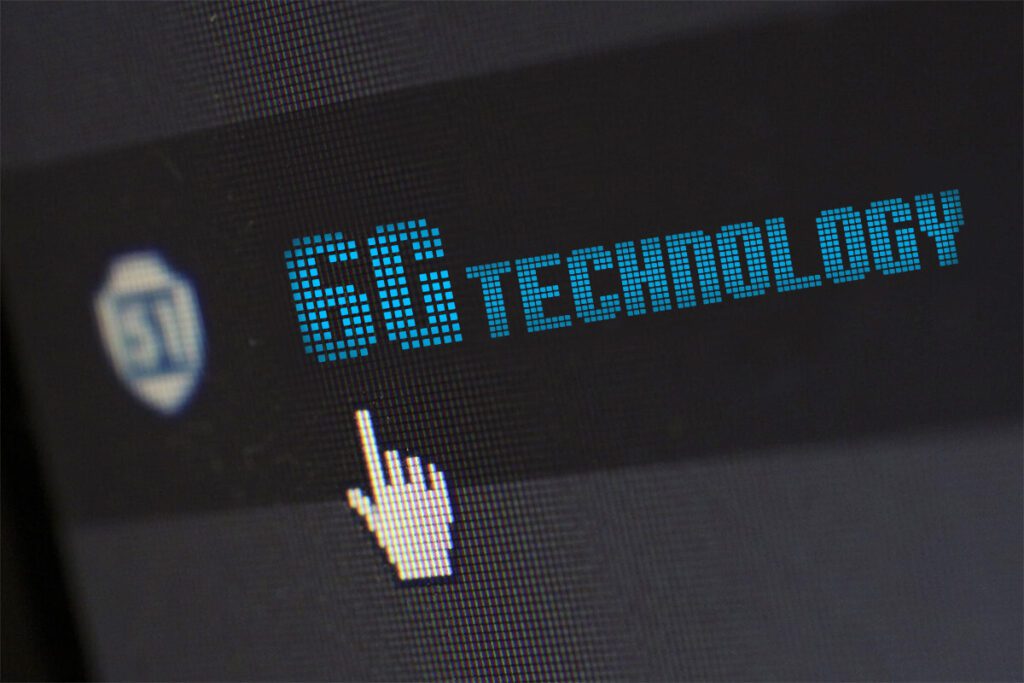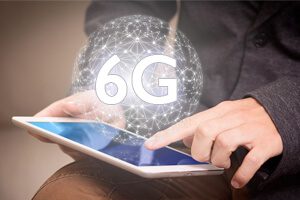
It is less than over two decades when 2G became universal. In a very short time, the world jumped from 2G to 3G to 4G and recently to 5G. So, it is not surprising that now the telecommunication world is preparing for the advent of 6G technology.
Ironically, the lofty ambition to connect the world instantaneously is happening when 5G has still reached less than 20% of the global population. Cellular giant Ericsson anticipates that 20% of the world’s population will be able to use 5G by 2023. On the other side, there are many countries where people are still managing things with 2G and 3G. So, is this the right time to talk about 6G?
Well, let’s do it as a natural process. Because it is estimated that by 2030, the IoT connections could be approximately 125 billion. And to handle the numbers, the world may need the power of 6G.
6G & The Telecom World Predictions
A number of telecommunication companies have begun their research on 6G technology. The leading Chinese ICT provider Huawei is one of them. The company has started exploring wireless 6G technology at its Ottawa, Canada research lab, as per The Logic reports.
The 5G patent holder reveals the predictions that 6G technology will be a part of the smart city environment by 2030. Even at the least, this will be a time when most of the telecom companies will be running 6G trials.
Huawei’s 6G program’s primary goal involves encouraging the industry in finalising the adoption of 5G across verticals. In addition, it also focuses on developing fundamental technologies that will be required to enable 6G technology. Some of these include artificial intelligence (AI), intelligent UX, and accelerating digitalisation in society.
Apart from Huawei, its rival Samsung Electronics has also started work on 6G. For the sole purpose of research on 6G technology, the company has developed the Advanced Communication Research Centre under its R&D organisation.
Furthermore, the Centre for Converged TeraHertz Communication and Sensing (ComSenTe) is working on the initial 6G specifications. The company anticipates that the sixth-generation wireless connectivity will come with speeds of 1 to 100 Gbps. MU-MIMO capability of 100 to 1000 simultaneous independently modulated beams will provide speeds in the tens of terabytes per second.
Considering the fact, 6G technology will bring a profound change in smart cities. This change will be mainly seen in how humans interact with each other, the machines and information.
Other companies that have started research on 6G include Virginia Tech and LG.
The 6Genesis Report
Last year in 2018, the University of Oulu in Finland made an announcement for the funding of its 6G Flagship program. Known as ‘6Genesis’ the eight-year program will conduct research on hardware, software, antennas, etc. required to roll out 6G. The program aims at leading the shift from 5G to 6G by starting the development of hardware needed for the implementation. As well as, it also aims at how the new technology might be used.
Recently, 6Genesis confirmed that 2030 is the year of 6G. Besides, it also revealed some of the technological advancements that can be expected from 6G technology. These include augmented projections, physical to cyber fusion, holographic communication and hologram UIs, printed electronics, 3D IoT design, autonomous healthy blood samples, mobility-as-a-service, facial scans for bio-cybernetic identity, smart screens, autonomous ports and low latency in real-time.
According to 6Genesis director Matti Latva, “the 6G will emerge around 2030 to satisfy all the expectations not met with 5G as new ones to be defined at a later stage.”
The Key Drivers & Challenges Unleashed In World’s First 6G Whitepaper


Going further, the University of Oulu in Finland has published what it is claimed to be the world’s first whitepaper on 6G. It intends to lay out the groundwork for 2030 wireless intelligence.
The whitepaper is based on the opinions shared by 70 invited experts during the special workshop at the 6G wireless summit. It mainly focuses on key drivers, research requirements, and challenges related to 6G deployment.
As per the report, the UN’s sustainable development goals (SDGs) will be the key societal driver that will shape 6G.
Another element that came up as the key driver is data. The manner in which data is gathered, processed, transmitted and used within the wireless network should push 6G development.
Rather interestingly, it also reveals the likelihood of smartphones taken over by pervasive extended reality (XR) experiences via lightweight glasses. The innovation will deliver an unparalleled resolution, frame rate and dynamic range.
Challenges
One of the basic challenges in 6G research should lie in transmitting up to 1 Tbps per user. The use of the spectrum in the THz regime will require to be arranged depending on absorption and reflection properties. Besides, additional key performance indicators (KPIs) are needed apart from the technical ones. This is in terms of the UN SDGs that cannot be neglected due to critical global challenges.
Furthermore, the outspread spectrum towards THz will facilitate the integration of communications with new applications like 3D imaging and sensing. For this, a new paradigm for transceiver architecture and computing will be required to achieve 1Tbps. Semiconductors, optics and other related materials will have opportunities in this area.
6G network will have to provide a shield against attacks. The technology will open data markets where privacy protection with clear rules for the market will be key drivers. Overall, the 6G network will need an upgraded paradigm for trust and privacy so that it becomes a successful network platform.
Advantages Of 6G Over 5G
While 5G is still in its infancy, learning to penetrate in the smart city environment, 6G has come up with its own advantages. Even though the impact of 5G is set to be tremendous in the different urban sectors, 6G technology will, of course, go beyond.
First of all, 6G will create a world of ‘zero-latency’ where billions of connected devices will communicate in real-time instantly. There would be nearly no latency or lag. This sole factor will bring enormous benefits for emergency response services, smart grids, autonomous vehicles, Industry 4.0 and many more.
Here are some of the benefits:
- zero-latency will allow autonomous robots to make decisions instantaneously. Because they will be able to receive, transmit and access data without delay.
- A user will be able to start watching movies or play games with a wait-time that’s just equal to the time a TV takes to switch on.
- Video calls will be so real that it will make you feel like standing in front of the person.
- It will provide precise localisation to a fraction of an inch. 6G-enabled GPS and imaging will be able to spot any person or moving object.
- The immersive infrastructure that supports near-zero latency will lead to seamless telepresence.
As a matter of fact, 5G is already determined to support more powerful VR and AR systems. It is also the key to bringing AI at our fingertips, intelligent robotics working in factories, vehicle-to-vehicle communication among others. In the same line, 6G will work to support these systems with even better bandwidth. Eventually, this would enable smart cities to innovate further. Perhaps, it could help unlock certain areas that still remain untapped.
As said by Marcus Weldon of Nokia Bell Labs, 6G will be a “sixth sense experience for humans and machines” where biology meets AI. That said, it is most likely that 6G will face skepticism just as 5G.


































